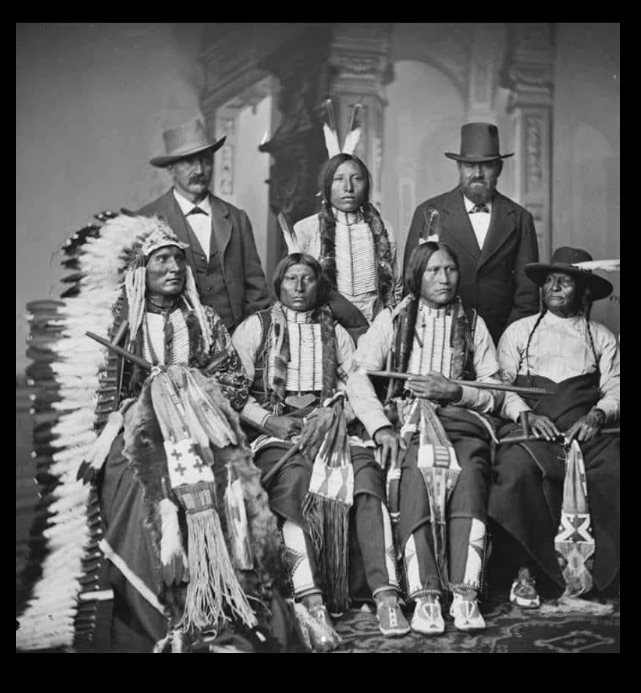Black Coal (Wo’óoseinee’)Northern Arapaho Chief
Black Coal (Wo’óoseinee’)(~1840-1893) was a chief of the Northern Arapaho responsible for transitioning his people from a free-roaming lifestyle to a life on the reserve.
He earned his unusual name by rolling in black ashes after winning a fight. Black Coal rose to prominence as a warrior during the 1860s, fighting alongside the Lakota and the Cheyenne at the battles of Platte Bridge (1865) and the attack on Fort Phil Kearney (1866).

After suffering many casualties and the death of two great chiefs, Black Bear and Medicine Man, the burden of herding his people fell upon Black Coal.
He quickly realized that the Arapaho could no longer afford to clash with the U.S army and decided to walk a different path.
The chief started signing alliances and treaties with the U.S., while also trying to keep Arapaho youths from clashing with the Shoshone and other rival tribes.
This eventually led to the settling of his people on the Wind River Indian Reservation, in the Wind River Basin, Wyoming, where they lived with the Eastern Shoshone after signing an alliance with their tribe.
His band of around 700 people moved there in 1877, where they took up farming. Black Coal died in 1893, at 53 years of age.
A monument placed at the grave carries the inscription, “Erected by the Northern Arapahoes in honor of a brave and honest man.”











